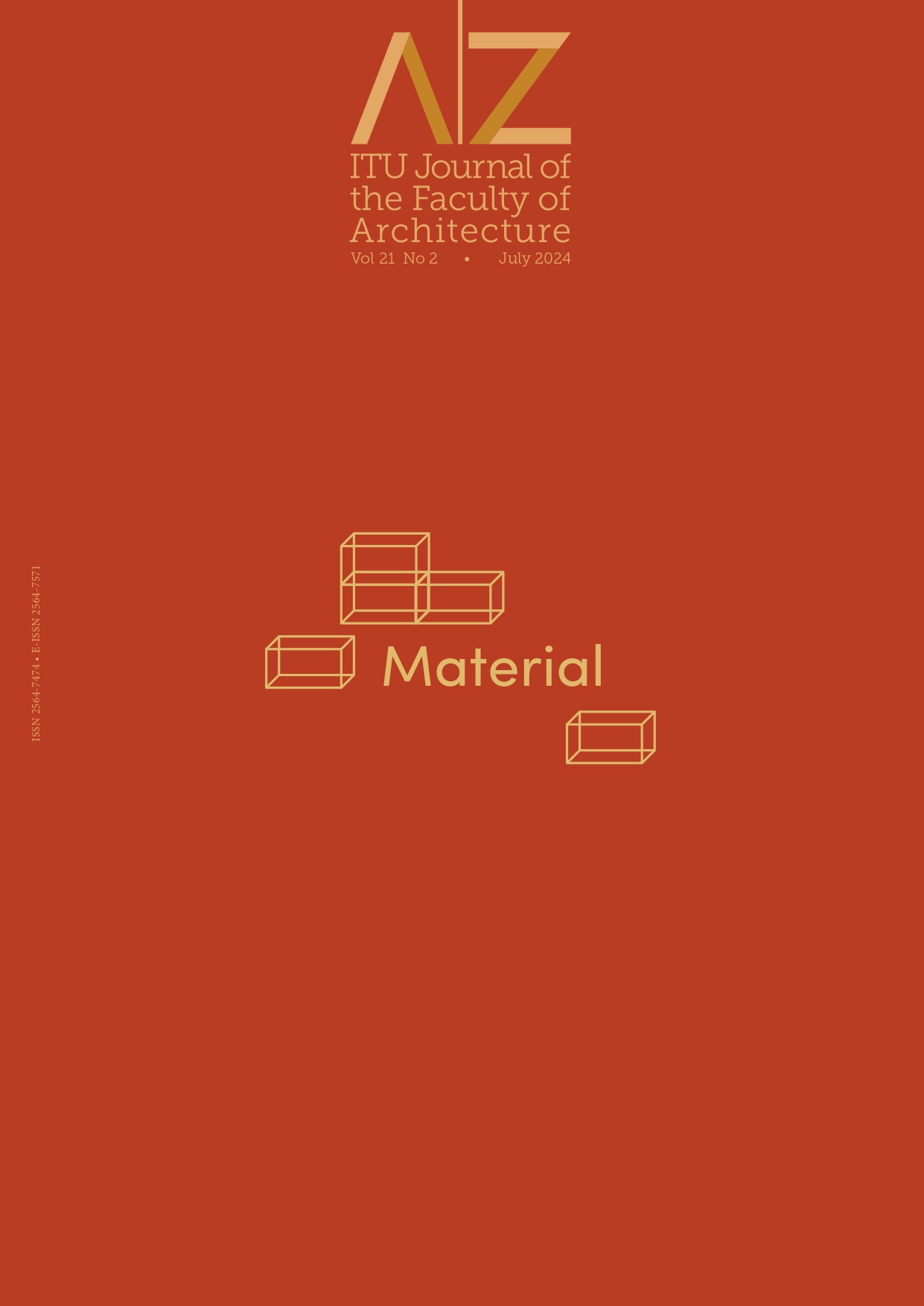Published 2024-07-30
Keywords
- Architectural ornament,
- Decoration styles,
- Facade decoration,
- Late Ottoman houses,
- Mardin
Abstract
In the late Ottoman era in Mardin, from the second half of the 19th century to the first quarter of the 20th century, wealthy Muslims and non-Muslims, administrative elites, and local aristocrats constructed a significant number of lavish mansions. These houses were adorned with expensive and remarkable limestone carvings and architectural ornaments. After the Ottoman reforms, the leading actors of the cosmopolitan community showcased their elevated social status by decorating the southern facades of their houses that faced the Mesopotamian plain.
This article examines the decorative program and repertoire of 50 late Ottoman house facades in Mardin and identifies the stylistic tendencies in the overall design concept by formal analysis. The applied decorative program of architectural elements and the ornamental motif repertoire are classified, resulting in the identification of two stylistic tendencies. The first style is based on Islamic medieval decorative language derived from the region’s historical heritage, mainly from the early Christian and Artuqid periods, while the second style involves an intensive
Ottoman revival neo-classic decorative vocabulary imported from Istanbul. The facades of Mardin houses, as such, display an autonomy that distinguishes them from the other houses in the region. The study, respectively, addresses the relationship between decorative styles and artistic encounters and takes into account the context of social, political, and ethno-religious developments.


